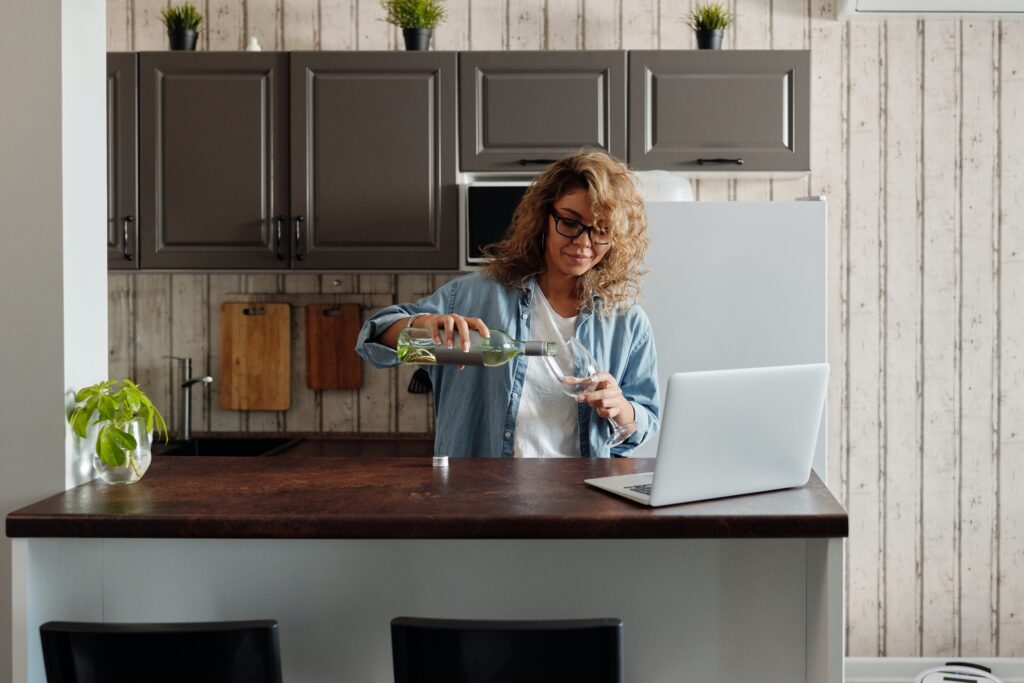Two years ago, the beginning of the pandemic saw many people stocking up with toilet rolls(!) and pasta whilst others prioritised beer and Prosecco. The rush was on to ensure that we had sufficient provisions! And for many that meant alcohol and chocolate.
Total sales of wine, beer and spirits topped £1.1bn in the four weeks to 22 March 2020. A staggering additional £199m was added compared with the same period in 2019. In April 2020, Elaine Hindal, chief executive of the charity Drinkaware, said that the rise in sales "isn't surprising", but cited concerns when it came to drinking during lockdown. Little did we know how long ‘lockdown’ would last.
As the pandemic continued with no opportunity to socialise, our drinking at home increased. It was a small treat in a stressful, difficult and monotonous time. It provided a boundary between work and leisure. And it just took the edge off the day after home schooling and hours of Zoom calls. New habits were formed.
This switch in behaviour may have been fine in the short term but as the weeks turned into months, many realised they should not, and could not, continue to have a drink every day – the long term impact on health was being felt.
We saw consumers actively limiting their consumption, especially during the week, but there was still a need to treat themselves. New consumption occasions had arisen, but what was going to fulfil them?
Enter the rise of tasty and exciting non-alcoholic drinks...


